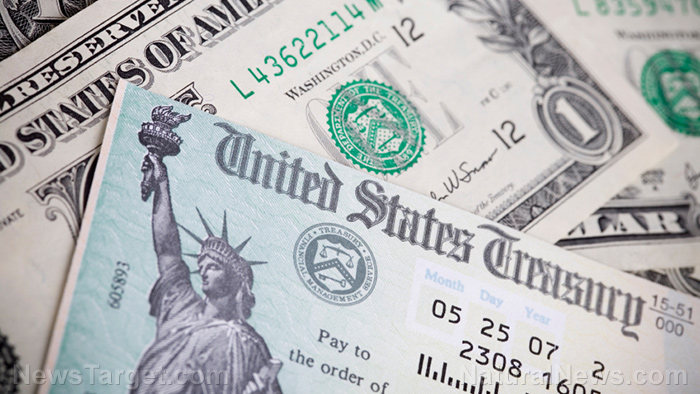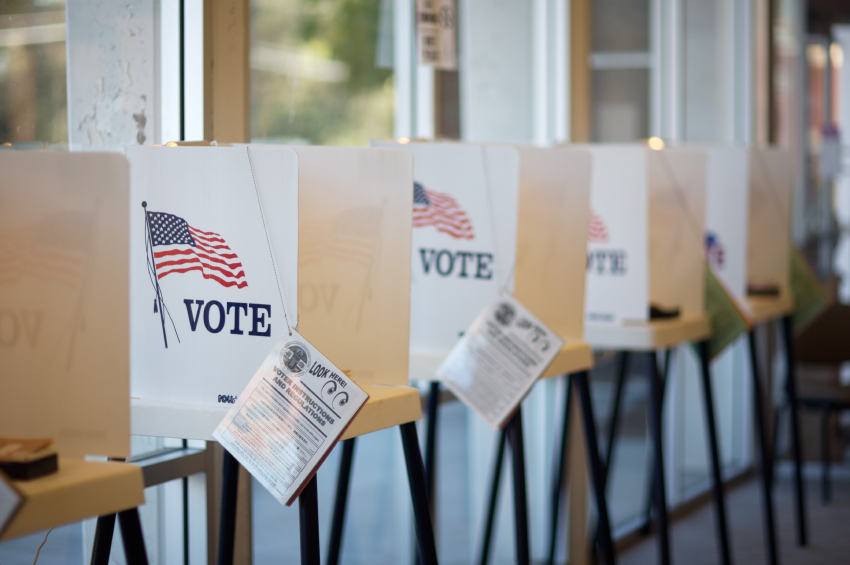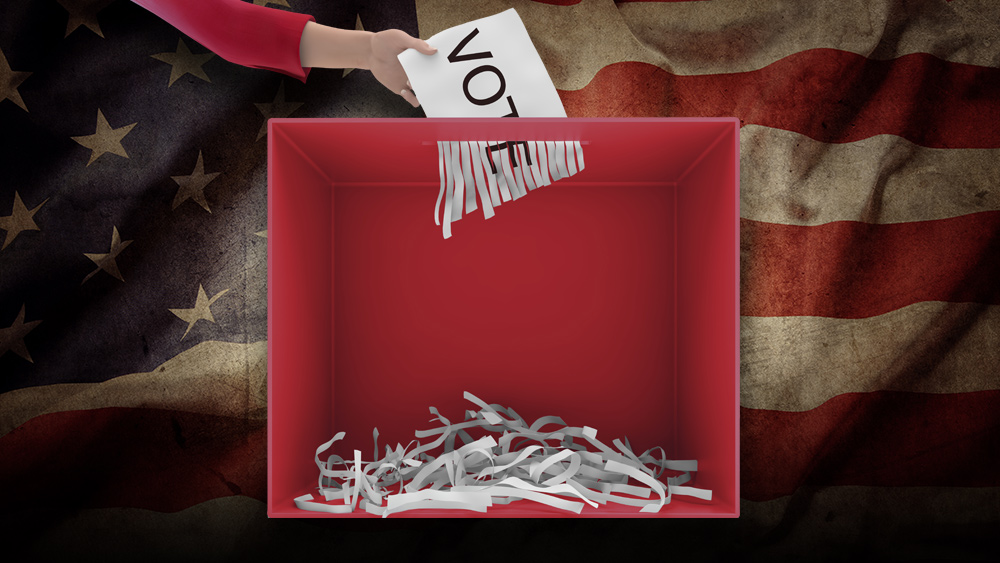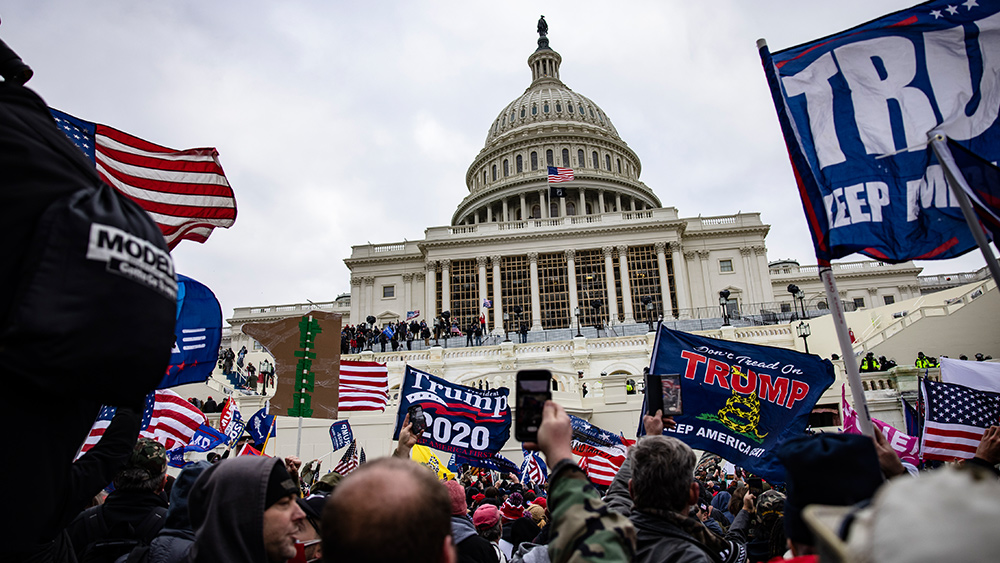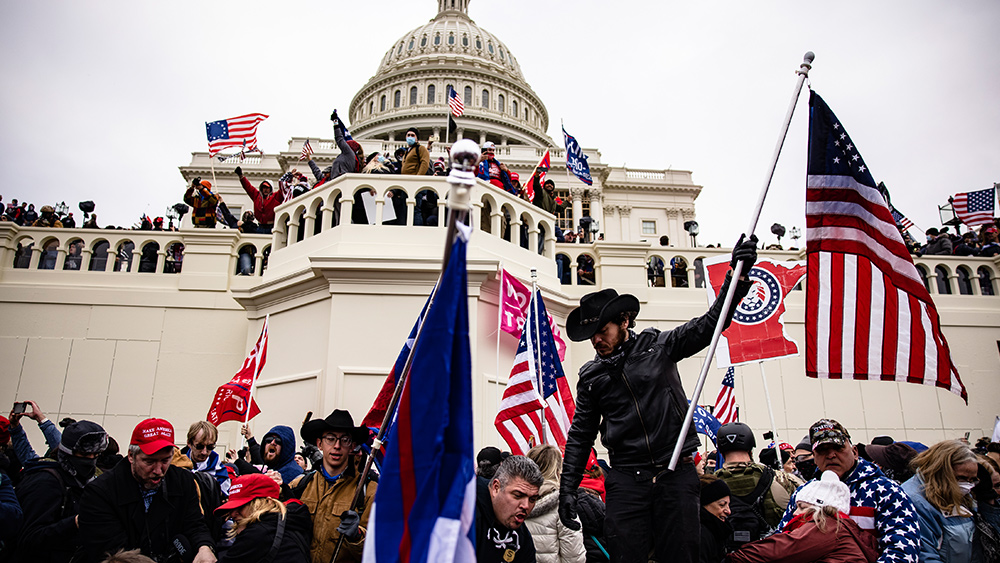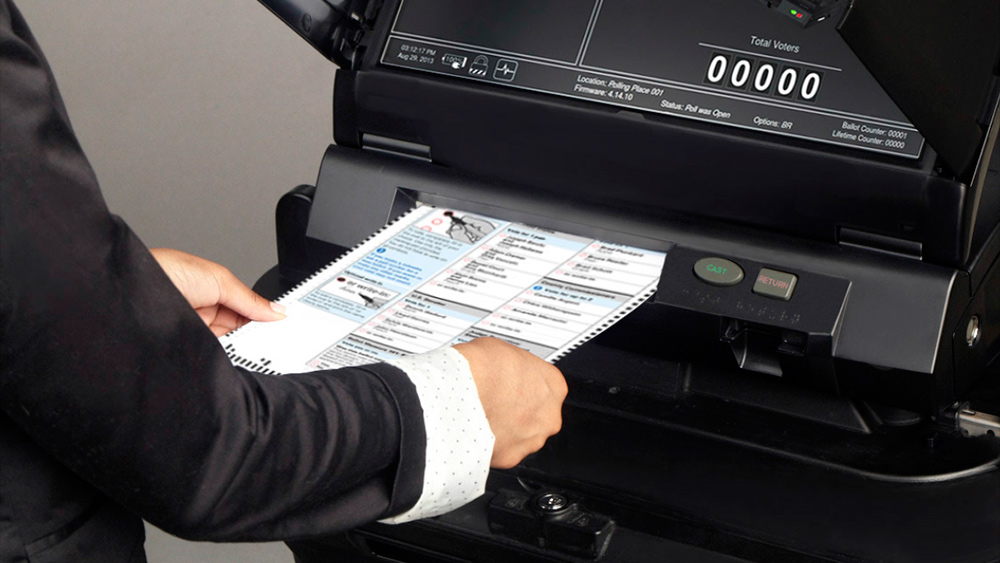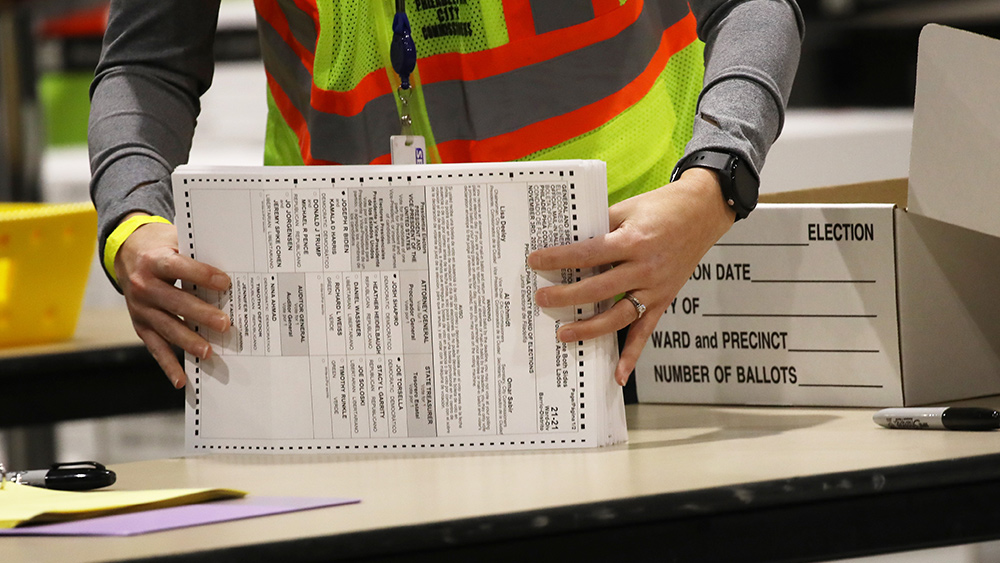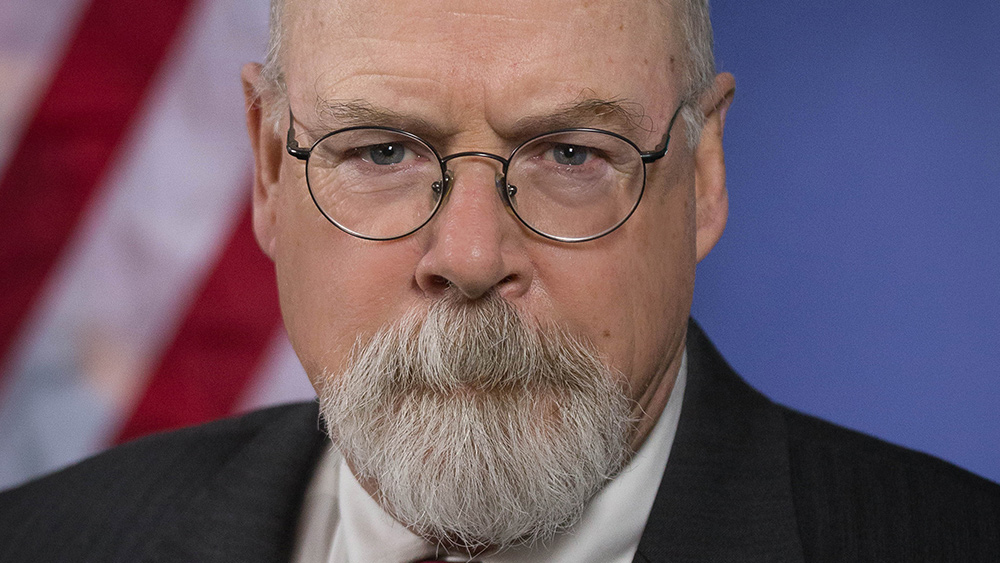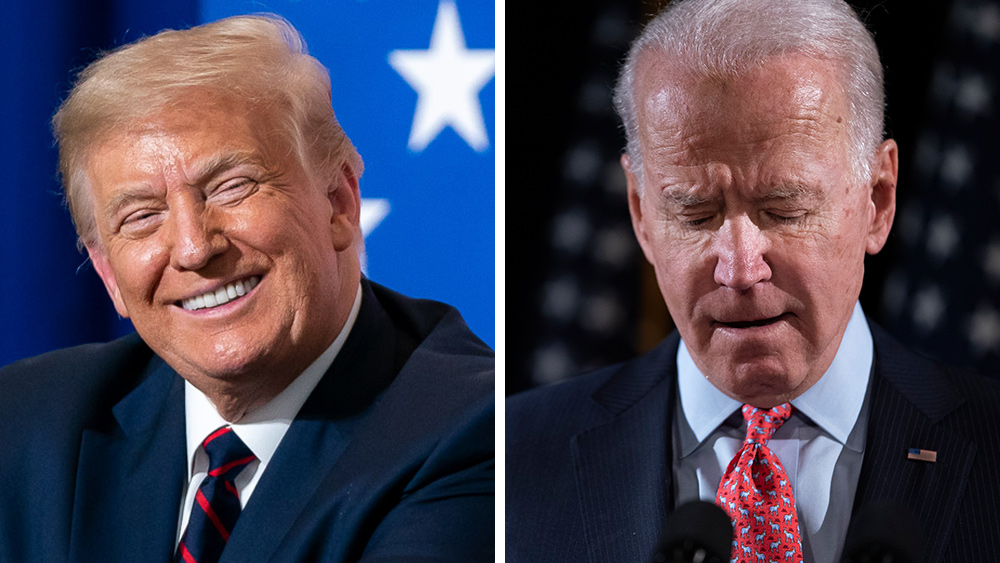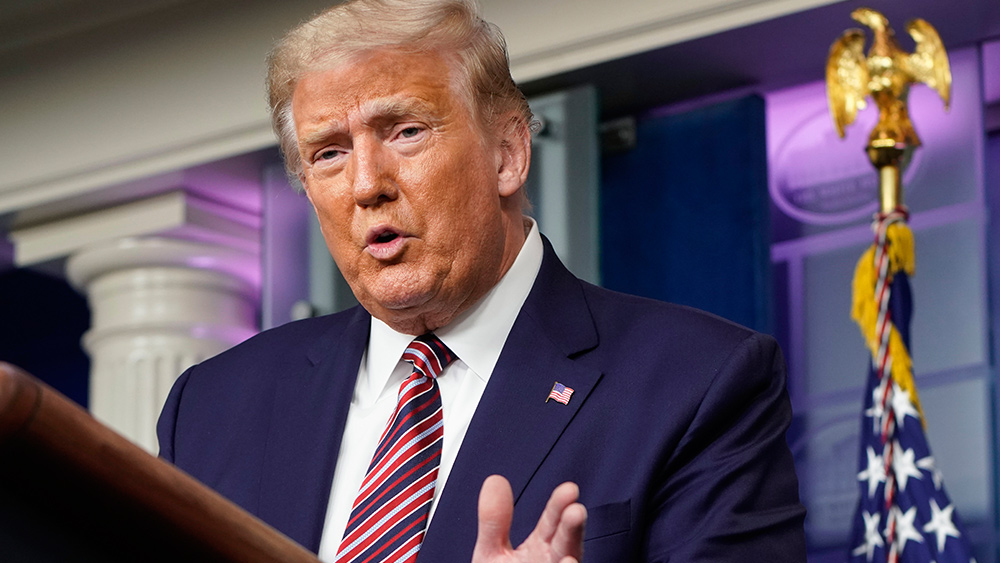Federal Reserve now committed to raising interest rates on accelerated schedule to speed the arrival of the “Trump crash”
03/21/2017 / By Daniel Barker
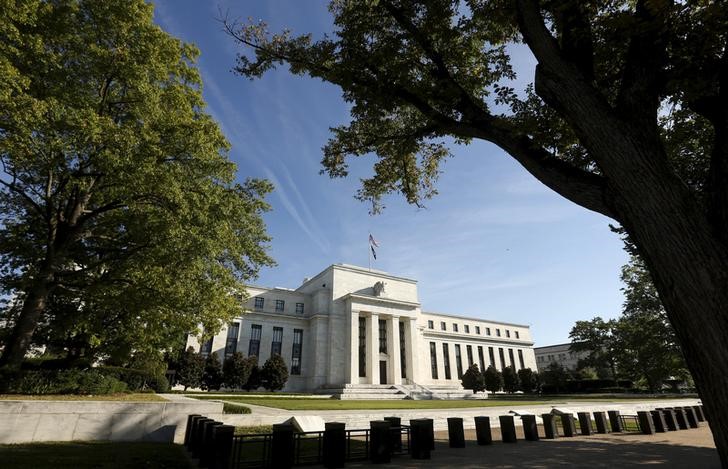
On Wednesday, March 15, the Federal Reserve announced it had raised its benchmark interest rate by a quarter point – a move likely to have noticeable effects on the economy, and not necessarily positive ones.
In fact, many worry that the move could trigger severe financial consequences, including a long-feared adjustment of the stock market that (according to at least one analyst) could send share prices tumbling 6,000 points to below 15,000 – nearly 30 percent below last week’s close.
Raising rates will also affect other sectors of the economy. Some fear rate hikes could lead to another housing crisis – when interest rates are high, it’s more difficult for homeowners to afford their mortgage payments.
Whatever negative effects the rate hikes will have on the economy, it’s an easy bet they will be blamed on President Donald Trump. The timing of this year’s rate hikes (there are two more projected before the end of 2017) has some wondering whether Janet Yellen and the Federal Reserve are playing politics and using the accelerated rate increases as a means to undermine Trump and his presidency.
Could this be true? Let’s look at the evidence.
It should be understood that raising the benchmark interest rate at this point in time is something of a “damned-if-you-do, damned-if-you-don’t” proposition.
While Obama was in the White House, the Fed kept interest rates at a minimum in an attempt to stimulate the economy. Although the strategy may have been somewhat successful, it has led to massive overvaluation of stock and the creation of a financial bubble that sooner or later has to burst.
The Fed’s rationale for raising rates now is based on what it sees as a strengthening economy with a healthy labor market – and one that is likely to create “wage and price inflation” in the near future.
Josh Bivens of the Economic Policy Institute wrote:
Today’s hike seems to signal that Fed policymakers think that we’re currently at or very near full employment, and that failing to slow the pace of economic growth in coming months would soon lead to accelerating wage and price inflation. They could be right, of course, but it is important to note that there is little in actual economic data to indicate this.
Almost no one would argue against the need to raise interest rates – Donald Trump himself has many times advocated doing so – but timing is everything, and one member of the Federal Open Market Committee (FOMC) responsible for Wednesday’s decision believes the hike was premature.
A “dual mandate” of keeping inflation rates at an optimum level and making sure the nation is fully employed is the purported basis of the committee’s actions regarding the setting of interest rates.
Neel Kashkari, president of the Federal Reserve Bank of Minneapolis and the only dissenting vote among the 10-member committee, wrote:
The key data I look at to assess how close we are to meeting our dual mandate goals haven’t changed much at all since our prior meeting. We are still coming up short on our inflation target, and the job market continues to strengthen, suggesting that slack remains.
So why did Yellen and her cronies at the Fed begin raising interest rates too high and too fast?
The only logical conclusion is that the Fed intends to hasten the inevitable correction in the stock market in a manner that will reflect badly on the Trump administration.
The Left has been predicting what they like to call the “Trump Crash” – a theorized economic downturn caused by the new administration’s policies – and it appears that the Fed is all too willing to help engineer such an event.
As if there weren’t already plenty of reason to dismantle the Federal Reserve…
Sources:
Submit a correction >>
Tagged Under:
"Trump Crash", conspiracy, Donald Trump, Federal Reserve, interest rate hike, Janet Yellen
This article may contain statements that reflect the opinion of the author
RECENT NEWS & ARTICLES
Trump.News is a fact-based public education website published by Trump News Features, LLC.
All content copyright © 2018 by Trump News Features, LLC.
Contact Us with Tips or Corrections
All trademarks, registered trademarks and servicemarks mentioned on this site are the property of their respective owners.

